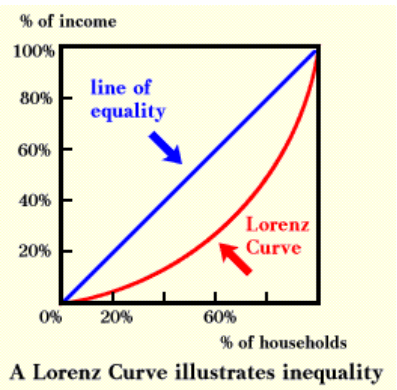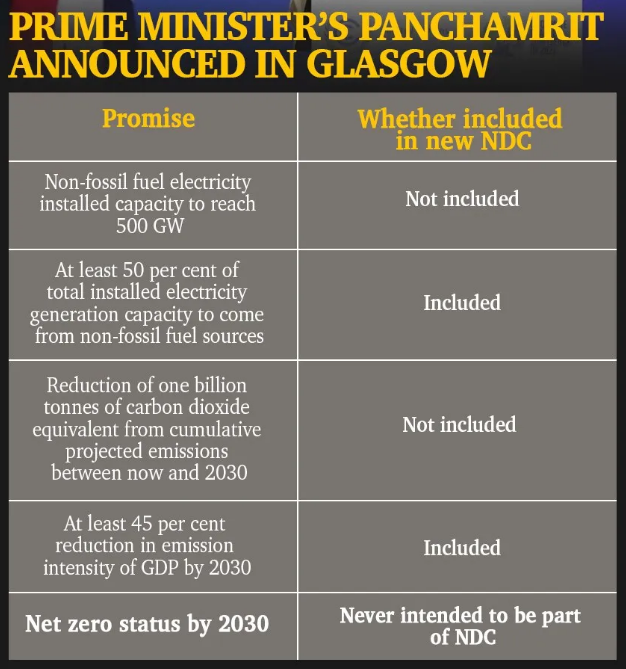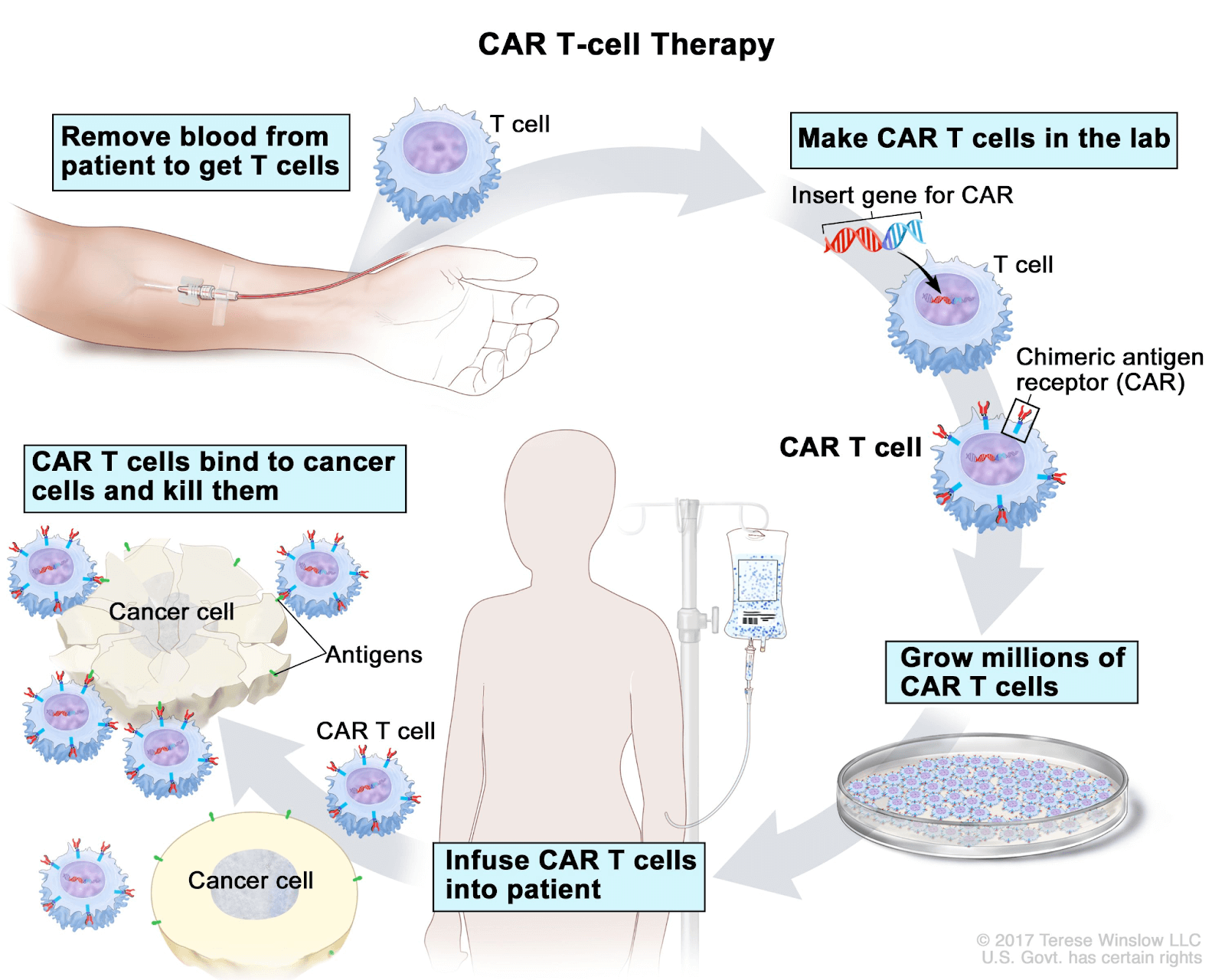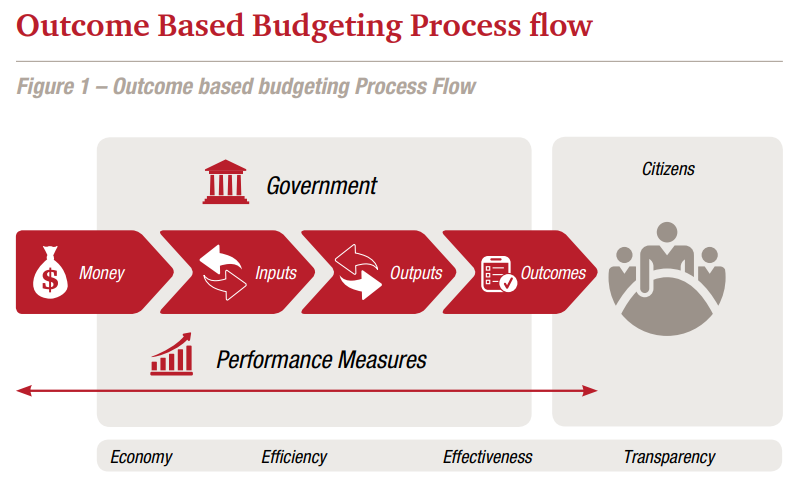
Inequality in India
Subscribers of "Current Affairs" course can Download Daily Current Affairs in PDF/DOC
Subscribe to Never Miss an Important Update! Assured Discounts on New Products!
Must Join PMF IAS Telegram Channel & PMF IAS History Telegram Channel
- Context (IE): Income inequality in India has decreased due to a higher tax base (SBI’s Economic Research Department).
- The report also claims the idea of a K-shaped recovery is flawed.
K-shaped recovery
|
- Income inequality refers to the unequal income distribution among individuals or households in a particular society or economy.
- The Gini coefficient, derived from the Lorenz curve, is the most widely used measure of income inequality in a society.
Lorenz curve
Gini Coefficient
Gini Coefficient |
Status of income inequality in India
- According to Oxfam India (2023)
- Just 5% of Indians own more than 60%of the country’s wealth, while the bottom 50% of the population possess only 3%.
- Between 2012 and 2021, 40% of the wealth generated in India has gone to just 1% of the total population, and 3% of the wealth has gone to the bottom 50%.
- The Gini coefficient has increased from 0.32 in 1983 to 0.36 in 2019.

SBI’s Economic Research
- According to SBI’s Economic Research Department Income inequality has declined in India due to,
- Increased tax base
- Shift in taxpayers from lower-income to higher-income tax brackets.
- The transition of small firms into larger firms.
- The rising trend of ordering from platforms such as Zomato indicates declining inequality.
- Post-pandemic, the consumption of the bottom 90% population increased by Rs 8.2 lakh crore.
- The Gini coefficient for taxable income declined from 0.472 to 0.402 from FY14 to FY22.
- Female tax filers constitute around 15% of individual tax filers, with certain states like Kerala, Tamil Nadu, Punjab, and West Bengal having a higher share.
Major factors contributing to income inequality in India
- Tax policy: high indirect taxes on Goods and services impact the poor and the well-off equally.
- Rural-Urban Divide: Limited diversification of rural economies contributes to income gaps.
- Wealth Concentration: in the hands of a few individuals or families (OXFAM report).
- Informal Labor Market: job insecurity and lack of social security contribute to income disparities compared to the formal sector.
- Globalization: while it can create economic opportunities, it may also lead to job displacement and income inequality.
- Land Ownership: Unequal land distribution, with large landholdings held by a few.
- Non-remunerative Agriculture: Agriculture, a primary source of income in rural areas, offers lower returns than urban industries.
- Historical inequalities based on caste continue to impact access to education, employment, and economic opportunities.
Suggestions to reduce income inequality
- Additional tax on the wealth of the richest 1%: 2% wealth tax and a 33% inheritance tax on the top 1% of our population will fetch an estimated ₹11 lakh crore per annum. (Jan Sarokar)
- Expand the Earned income tax by implementing a tax credit system for poor & marginalized: E.g, a tax credit for low-income individuals could be used to offset the costs of GST.
| Tax credits are a form of direct financial assistance to individuals and families designed to offset the cost of taxes. |
- Improving access to education and health along with other public services.
- Strengthening people’s collective bargaining: it allows labour to receive a greater share of productivity gains as wages.
- Provide a floor of social security: For example, Employment guarantee schemes, increase in minimum wages, and universal basic income.
- Employment Generation by promoting the labor-intensive manufacturing sector.




![PMF IAS Environment for UPSC 2022-23 [paperback] PMF IAS [Nov 30, 2021]…](https://pmfias.b-cdn.net/wp-content/uploads/2024/04/pmfiasenvironmentforupsc2022-23paperbackpmfiasnov302021.jpg)












